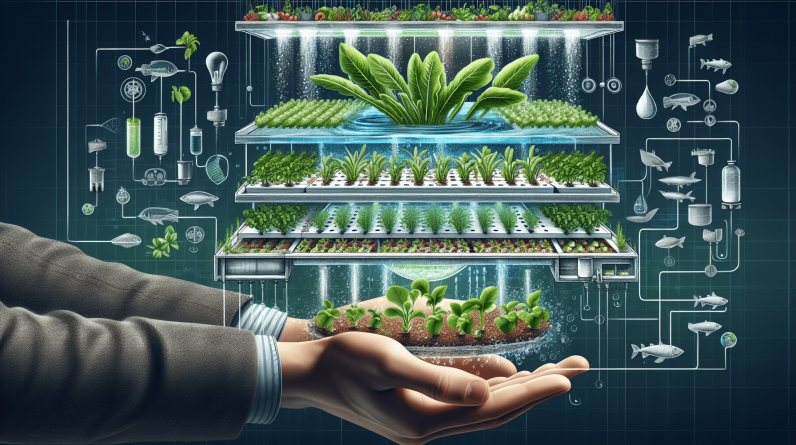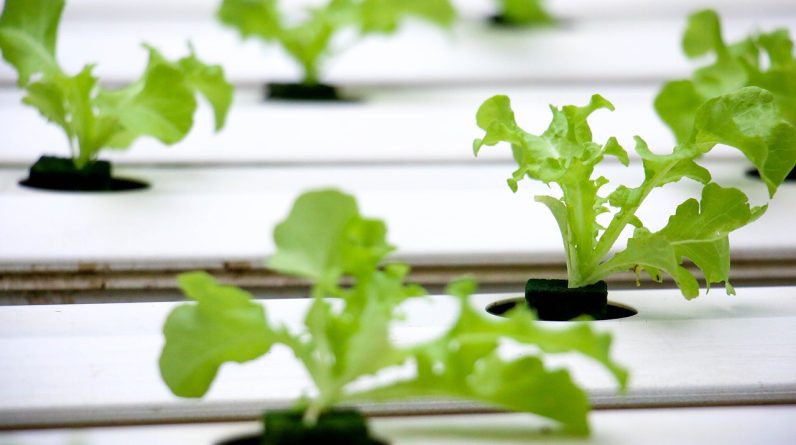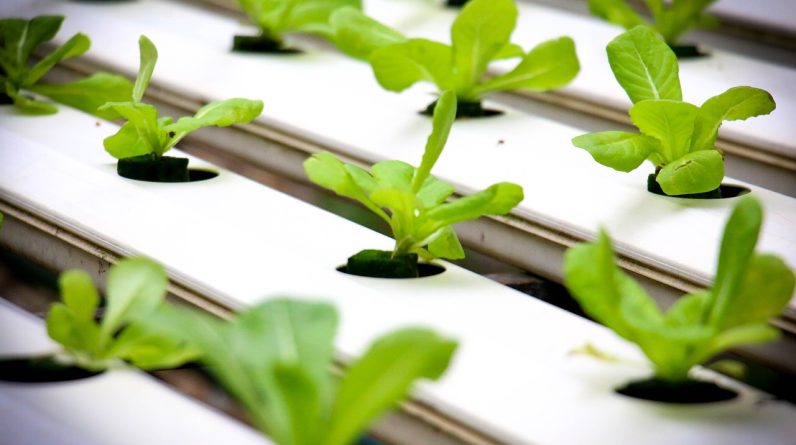
Are you looking for a way to grow your own pesticide-free produce right at home? Have you heard about hydroponic gardening but want to know more? In this article, we will explore the world of hydroponic gardening and how it can help you grow healthy and pesticide-free fruits and vegetables. Let’s dive in and learn more about this innovative gardening method!
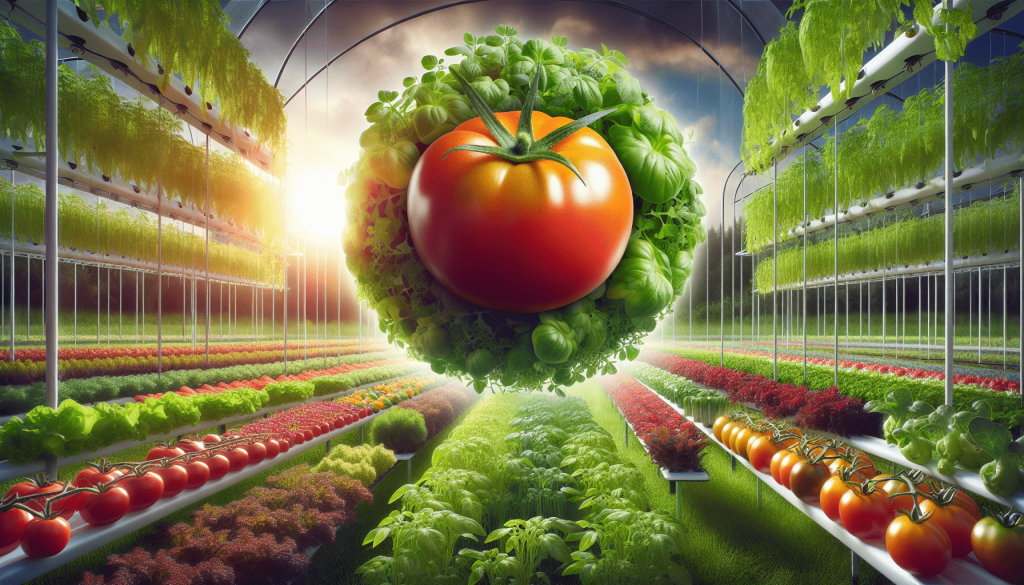
Understanding Hydroponic Gardening
Hydroponic gardening is a method of growing plants without the use of soil. Instead, plants are grown in a nutrient-rich water solution that provides everything they need to thrive. The roots of the plants are submerged in the solution, allowing them to absorb nutrients more efficiently than traditional soil-based gardening.
This method of gardening is gaining popularity due to its ability to produce higher yields in a shorter amount of time. By eliminating the need for soil, plants can focus their energy on growth rather than searching for nutrients in the ground. This results in healthier plants that are less susceptible to pests and diseases.
Key Components of a Hydroponic System
To set up a hydroponic garden, you will need a few key components. These include:
- Reservoir: This is where the nutrient solution is stored.
- Growing Medium: Materials like perlite, vermiculite, or rockwool are used to support the plant roots.
- Pump: A pump is used to circulate the nutrient solution through the system.
- Grow Tray: This is where the plants are placed and grow.
- Light Source: Plants need light to photosynthesize and grow, so a grow light is essential.
By understanding these key components, you can easily set up your own hydroponic system at home and start growing your own pesticide-free produce.
Benefits of Hydroponic Gardening
There are numerous benefits to using a hydroponic system for growing your own fruits and vegetables. Some of the key advantages include:
- Water Conservation: Hydroponic systems use up to 90% less water than traditional soil gardening, making them an eco-friendly choice.
- Faster Growth: Plants grown hydroponically can grow up to 50% faster than those grown in soil due to the direct access to nutrients.
- Year-Round Cultivation: With a controlled indoor environment, you can grow crops year-round regardless of external weather conditions.
- Pesticide-Free: By eliminating the need for soil, you can reduce the risk of soil-borne diseases and pests, resulting in healthier plants without the need for chemical inputs.
These benefits make hydroponic gardening an attractive option for those looking to grow their own fresh, healthy produce at home.
Comparison to Traditional Gardening
When compared to traditional soil gardening, hydroponic gardening offers several advantages. One of the most significant differences is the use of water. Traditional gardening can be water-intensive, leading to waste and inefficient use of this precious resource. Hydroponic systems, on the other hand, recycle water and use it more efficiently, making them a sustainable choice.
Additionally, traditional gardening often requires the use of chemical fertilizers and pesticides to combat pests and diseases. With hydroponic gardening, these inputs are minimized or eliminated entirely, resulting in produce that is free from harmful chemicals.
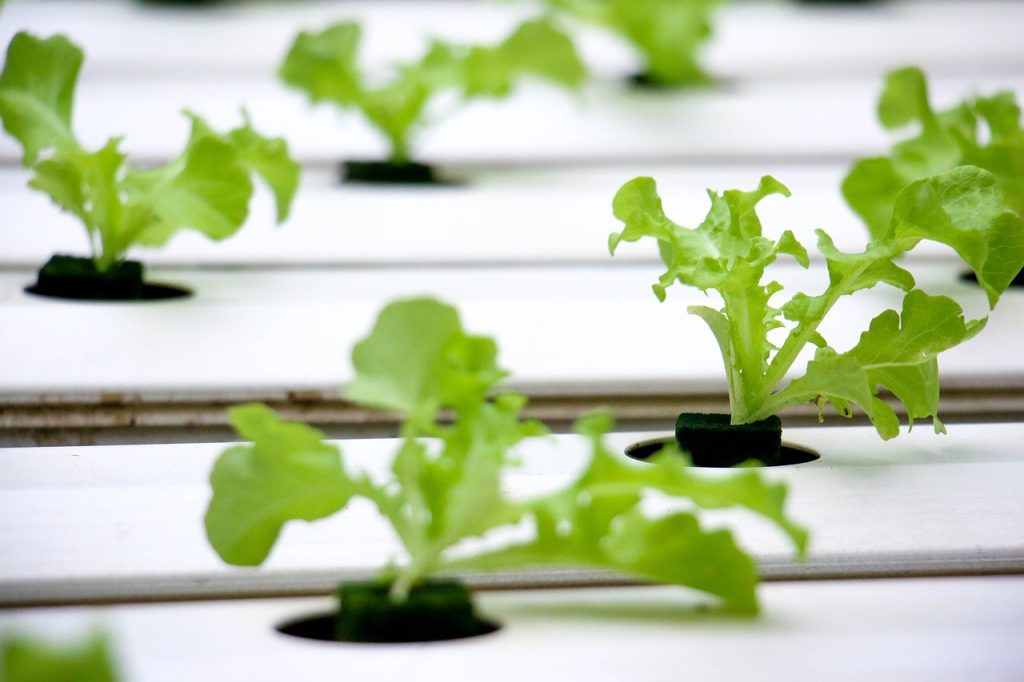
Types of Hydroponic Systems
There are several types of hydroponic systems available, each with its unique pros and cons. Some popular systems include:
Deep Water Culture (DWC)
In a Deep Water Culture system, plant roots are suspended in a nutrient solution that is continuously oxygenated. This system is simple to set up and maintain, making it an excellent choice for beginners.
Nutrient Film Technique (NFT)
NFT systems involve a constant flow of nutrient solution over the plant roots, providing them with a steady supply of nutrients. This system is space-efficient and ideal for growing leafy greens and herbs.
Ebb and Flow
In an Ebb and Flow system, the nutrient solution is pumped into the grow tray and then drained back into the reservoir. This cycle provides adequate oxygenation to the roots and is suitable for a wide range of plants.
Aeroponics
Aeroponic systems mist the plant roots with a nutrient solution, allowing them to absorb nutrients efficiently. This system is ideal for growing plants with minimal root systems, such as strawberries and lettuce.
By choosing the right hydroponic system for your needs, you can enjoy the benefits of growing your own fresh produce at home.
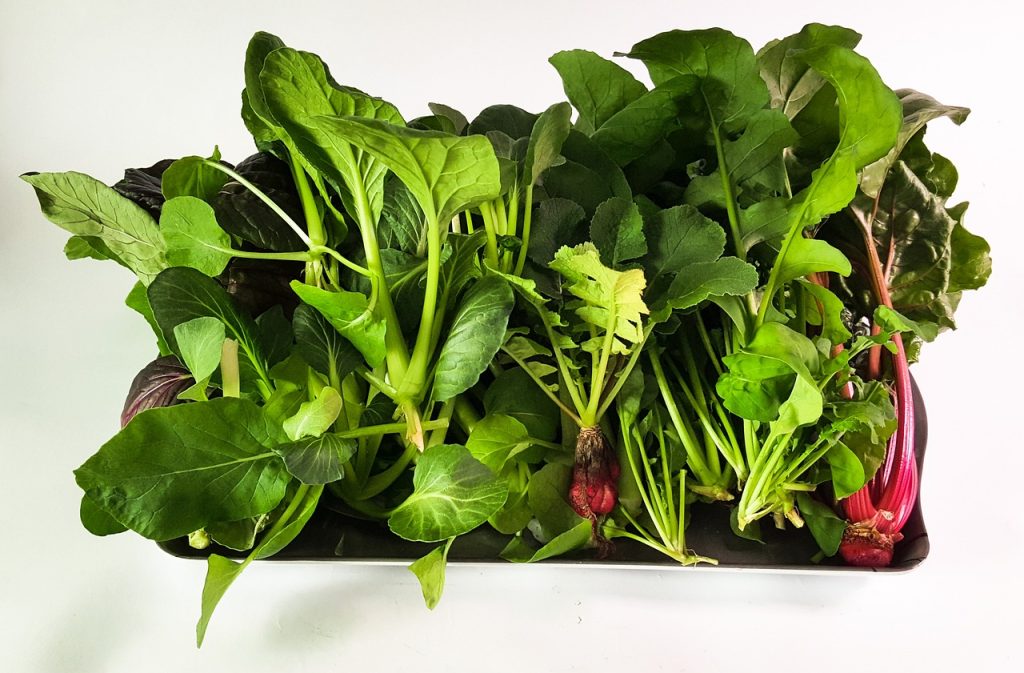
Growing Fruits and Vegetables Hydroponically
A wide variety of fruits and vegetables can be grown hydroponically, making it a versatile option for home gardeners. Some popular crops that thrive in hydroponic systems include:
- Tomatoes: Tomatoes are well-suited to hydroponic growing and can produce high yields when grown in a nutrient-rich solution.
- Lettuce: Leafy greens like lettuce grow exceptionally well in hydroponic systems and can be harvested multiple times.
- Herbs: Herbs like basil, mint, and cilantro flourish in hydroponic gardens, providing a fresh supply year-round.
- Strawberries: Strawberries can be grown vertically in hydroponic systems, optimizing space while producing juicy, flavorful berries.
By choosing the right crops for your hydroponic garden, you can enjoy a bountiful harvest of fresh, pesticide-free produce throughout the year.
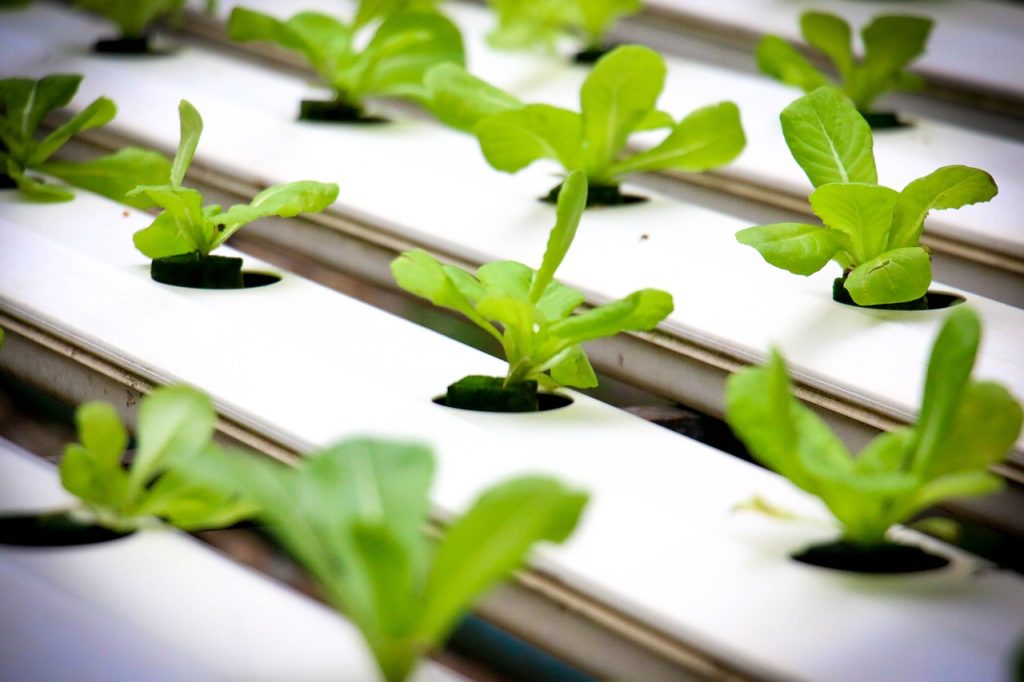
Tips for Successful Hydroponic Gardening
To ensure a successful hydroponic garden, there are a few key tips to keep in mind:
Maintain pH Levels
The pH level of the nutrient solution is crucial for plant growth. Most plants thrive in a pH range of 5.5 to 6.5, so regular monitoring and adjustments are necessary.
Monitor Nutrient Levels
Plants require a balanced mix of nutrients to grow properly. Keep a close eye on nutrient levels in the reservoir and adjust as needed to prevent deficiencies.
Provide Adequate Lighting
Plants need light to photosynthesize and grow. Choose a high-quality grow light that provides the right spectrum for optimal plant growth.
Prevent Algae Growth
Algae can quickly grow in hydroponic systems and compete with plants for nutrients. Use opaque grow trays and cover exposed water surfaces to prevent algae growth.
By following these tips, you can ensure that your hydroponic garden thrives and produces healthy, pesticide-free fruits and vegetables.
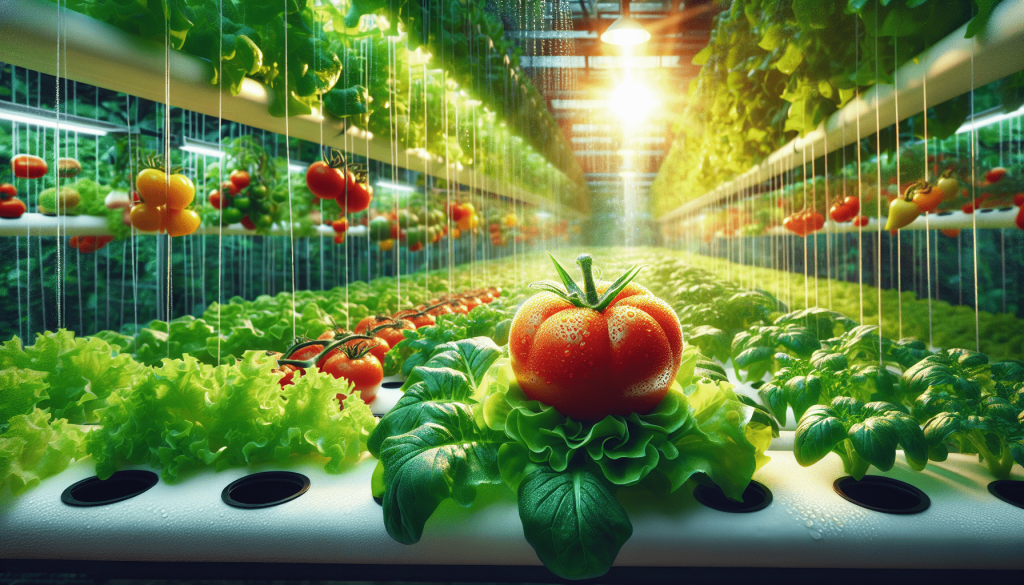
Conclusion
Hydroponic gardening offers a sustainable and efficient way to grow your own fresh produce at home. By eliminating the need for soil, you can enjoy healthier plants that produce higher yields in less time. With the right system and proper care, you can grow a wide variety of fruits and vegetables year-round, free from harmful pesticides and chemicals. Consider setting up a hydroponic garden in your home and enjoy the benefits of healthy, pesticide-free produce right at your fingertips.






